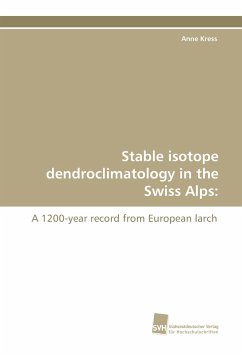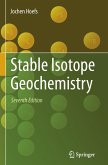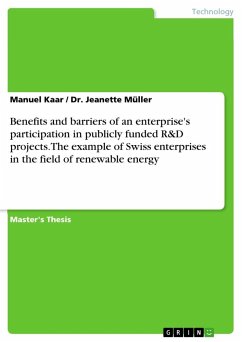Twentieth-century warming is accompanied by an altering temporal and spatial distribution of precipitation. Such hydrologic changes can affect human well-being and ecosystem dynamics more strongly than the rising future temperature itself. However, while the past, present and projected rates of regional to global temperature have been extensively investigated, only little is known about past changes in precipitation variability and the impacts on the hydrological cycle. To overcome some of these restrictions and limitations, this thesis involved the compilation of a carbon and an oxygen record from European larch (Larix decidua Mill.) in the Swiss Alps, the currently longest available tree-ring isotope chronologies in Europe. With these two isotope chronologies, the following objectives were addressed: (i) to identify the dominating climate signal in carbon and oxygen isotopes, (ii) to assess any potential biological biases, and (iii) to reconstruct long-term hydro-climate variability from stable isotopes.
Bitte wählen Sie Ihr Anliegen aus.
Rechnungen
Retourenschein anfordern
Bestellstatus
Storno








